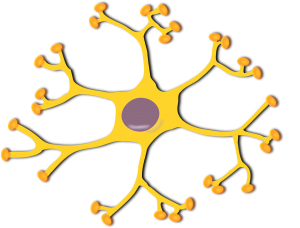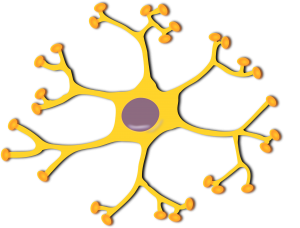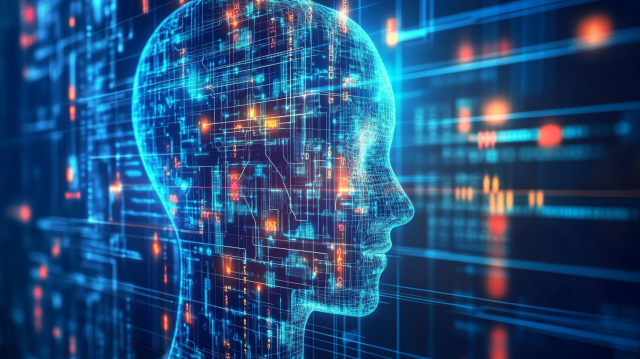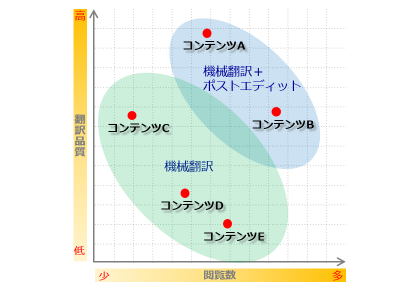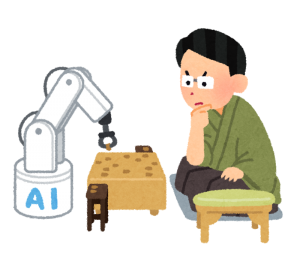Google Translate has applied the mechanism of neural networks to Japanese,
and the translation accuracy has dramatically improved, which has become a major topic of discussion recently.
Regarding neural networks, at the end of September,
adoption of machine translation from Chinese to English, which is challenging for machine translation, began.
By November, it was adopted for eight languages including Japanese (Korean, English,
French, German, Spanish, Portuguese, Turkish),
and users in Japan have expressed surprise at the significant improvement in quality compared to traditional Google Translate.
So, what exactly is a neural network?
●What is a Neural Network?
A neural network is a system that mimics the function of "neurons" in the human brain.
Until now, when it comes to "learning" in machines,
Provide an input → Output a result
It was a very simple thing.
In terms of machine translation, the "training" of loading a corpus into a conventional statistical-based engine
corresponds to this mechanism.
In contrast, with neural networks,
the flow is not simply input → output.
When a certain input is given,
it can recognize what the newly inputted data is by linking it with
other data that has been read into the network up to that point.
This reflects the process by which a person tries to recognize what something new is by associating it with similar things in light of past experiences when attempting to learn something new.
For example, let's take the Go program "AlphaGo" that made headlines recently,
when trying to teach a computer to play Go,
traditional learning methods required loading data such as "if this move is made, respond with this move."
In contrast, in the case of neural networks,
a large amount of game record data will be fed into the system.
Then, when a certain move is made,
it searches for candidates based on similar positions from past game record data,
and adopts candidates derived from game record data that developed favorably among them.
This is a very simple explanation of neural networks.
There may be parts that are "technically a bit different," but
it should serve as a reference for general understanding.
As a methodology, it is a model that was already focused on in the 1960s,
but due to advancements in technology allowing for the storage and processing of large amounts of data,
it has become feasible in recent years.
●The Expansion of Machine Translation Utilizing Neural Networks
Following Google, Microsoft has also announced the adoption of neural networks for machine translation.
Research on machine translation utilizing neural networks has been ongoing for some time, but
it has now become more accessible to us users and is at a level that can be used in practice.
Expectations for quality improvement utilizing neural networks will continue to rise in the future.
●Summary
This time, we have discussed neural networks, which are attracting attention as a breakthrough in machine translation.
In Human Science, we would like to continue focusing on the application of new technologies, including neural networks, to machine translation.
Please pay attention to future information on new technologies.
If the form is not available, please send your inquiry via email to hsweb_inquiry@science.co.jp.
Thank you.
Alternatively, please feel free to contact us by phone at TEL: 03-5321-3111.
Related Articles
Market Trends: Surpassing Humans? Data Processing by Artificial Intelligence
http://www.science.co.jp/mt/market/blog23.html

